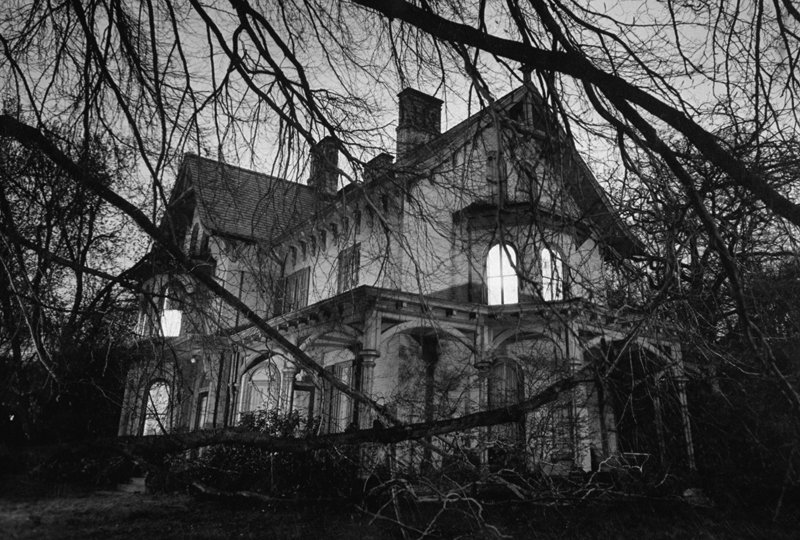In less than a month, time will change and clocks will "fall back," but what does that mean and what happens next?
Daylight saving time is set to come to an end next month, bringing with it another time change heading into winter.
Here's what that means:
When does daylight saving time end?
When does daylight saving time end?
Under provisions of the Uniform Time Act, daylight saving time ends on the first Sunday in the month of November.
This year, that date will fall on Nov. 3, with clocks rolling back one hour at 2 a.m. While this means sunset will jump backward, it also means an extra hour of sleep, which is likely welcome news.
Local
What comes after daylight saving time?
The end of daylight saving time will mark a transition back into standard time in Illinois.
Feeling out of the loop? We'll catch you up on the Chicago news you need to know. Sign up for the weekly Chicago Catch-Up newsletter.
Standard time, according to Time and Date, "is the local time in a country or region when Daylight Saving Time (DST) is not in use."
In some countries, standard time is known as or winter time or normal time. Daylight saving time is then referred to as summer time.
What is daylight saving time?
Daylight saving time is a changing of the clocks that typically begins in spring and ends in fall. Under the conditions of the Energy Policy Act of 2005, daylight saving time starts on the second Sunday in March and ends on the first Sunday in November. On those days, clocks either shift forward or backward one hour.
When not in daylight saving time, the time is known as standard time.
As it stands, Illinois shifts between the two. The "spring forward" is when the state enters daylight saving time, and the "fall back" marks a return to standard time.
When does daylight saving time come back?
Daylight saving time will make its return to the Chicago area on March 9, the second Sunday in March.
By that point, the city will be experiencing nearly 12 hours of daylight again, and sunset will occur just after 7 p.m.
Which states don't observe daylight saving time?
The annual time change will occur in Illinois and nearly every U.S. state, except two:
Arizona (although some Native American tribes do observe DST in their territories) and Hawaii.
U.S. territories, including Puerto Rico, American Samoa, Guam and the U.S. Virgin Islands, also do not observe daylight saving time.
What's better: Daylight saving time or standard time?
The changing of the clocks is a polarizing topic for many.
According to Dr. James Rowley, a professor of medicine at Rush University and the immediate past president of the American Academy of Sleep Medicine, the changing of the clocks could actually do more harm than good.
The topic of daylight saving time vs. standard time has been hotly debated, particularly in recent years. Sleep experts have advocated in some cases for a permanent standard time. But some experts say switching to permanent daylight saving time, as some lawmakers previously suggested, would be worse.
"Permanent standard time would basically mean that we were on what is, I guess, biologically the correct time all year round. And I'm going to say biologically correct because our bodies are more used to and have evolved to be on what would be considered standard time over the years," Rowley told NBC Chicago in an interview. "Permanent daylight savings time, the particular problems come in at winter. It is great to have 'the extra hour of sunlight' in the evening, although I always remind people, we have the same amount of sun, you know, in the summer, whether it's daylight or standard time, but just that seems to be an hour later. But in the winter time, sunrise is much later, and that's very problematic biologically, because we need sunshine in the morning to set our circadian rhythms for the day."
Previously, proposed legislation pushed for permanent daylight saving time, but that legislation ultimately fell through and no new legislation has been proposed for a vote.
So, clocks continue to change twice each year.
The American Academy of Sleep Medicine has pushed for a switch to permanent standard time for several years.
“By causing the human body clock to be misaligned with the natural environment, daylight saving time increases risks to our physical health, mental well-being, and public safety,” Dr. M. Adeel Rishi, who is chair of the AASM Public Safety Committee and a pulmonary, sleep medicine, and critical care specialist at Indiana University Health in Indianapolis, said in a statement. “Permanent standard time is the optimal choice for health and safety.”
Experts cited a "growing body of evidence" in recent years.
“Permanent standard time helps synchronize the body clock with the rising and setting of the sun,” Dr. James A. Rowley, president of the AASM, said in a release. “This natural synchrony is optimal for healthy sleep, and sleep is essential for health, mood, performance, and safety.”
It also mirrors similar takes from other organizations, including the National Sleep Foundation, which said "seasonal time-changes are disruptive to sleep health and should be eliminated."
Permanent daylight saving time would lead to later sunrises across much of the U.S., with some states not seeing a sunrise until after 9 a.m. during portions of the year.
"Having sunshine in the morning actually helps us to fall asleep at nighttime. And the other problem is, of course, it's darker later into the morning, which has its own set of problems with safety, driving, people walking. Parents are definitely worried about their kids walking to school in the dark," Rowley said. "If we were on permanent daylight saving time, most of the United States would not have sunrise until after 8 a.m. and the northern states - you know, the particularly northern states like Minnesota, Montana, the Dakotas - would not have sunshine until after 9 o'clock in the morning. And so the American Academy of Sleep Medicine firmly believes that we should be on permanent standard time, not permanent daylight saving time."
Still, Rowley noted that no legislation is currently being discussed to push for a switch to permanent daylight time, so a change in the near future is unlikely.
With clocks still changing, Rowley noted that growing evidence appears to suggest the body never fully adjusts to daylight saving time - even between spring and fall.
"Losing that hour of sleep [in the spring] for some people, just makes them more anxious, some more depressed, some more irritated. So it can be quite problematic. Problem is that, even long term, while we think we are adjusting to that change, there is actually evidence that we don't completely adjust to the change, so we are still at increased risk for all those things throughout daylight saving time," he said. "Plus, as I mentioned before, we need sunshine in the morning to help us fall asleep at night. But during the summer, if we have light too much late into the evening, that actually prevents us from falling asleep. So having that 'extra light' in the evening actually prevents sleep. So it just has its long term consequences as well."



